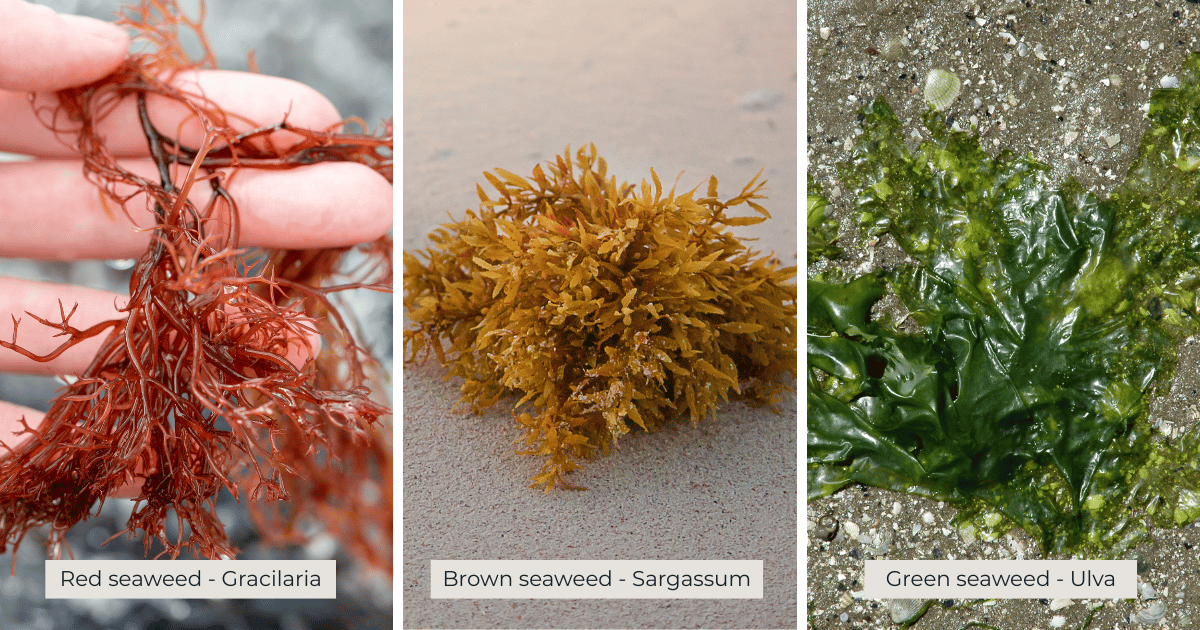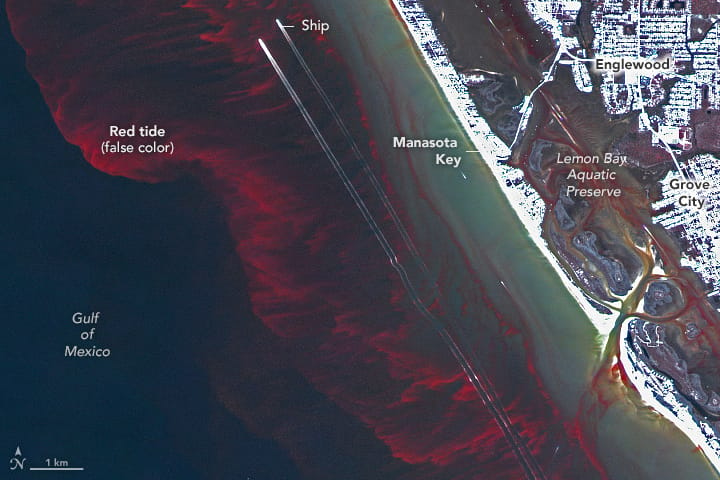Seaweed farming has been booming worldwide, but could it work in Florida?
That’s the question Dr. Ashley Smyth and her team at the University of Florida are exploring. Backed by a NOAA Florida Sea Grant, they’re studying whether seaweed could be cultivated at scale in the state as both an economic opportunity and environmental solution.
The global seaweed industry was valued at $17.14 billion just two years ago and continues to grow rapidly. Beyond its role in pharmaceuticals, eco-friendly packaging, animal feed, and fertilizer, seaweed is already part of products most people use every day.
Seaweed extracts like carrageenan and alginate keep ice cream creamy, make beer less hazy, and thicken toothpaste. You’ll also find it in things like salad dressings, dairy products, and some cosmetics.
Globally, seaweed farming is dominated by cold-water kelps and by large tropical farms in Asia, but tropical cultivation has not yet been developed in U.S. waters. While we often hear about kelp farming in places like Maine and Alaska, Florida’s warm climate opens the door to testing tropical species such as red (Gracilaria), brown (Sargassum), and green (Ulva, often called sea lettuce) seaweeds.

Tropical seaweeds that have the potential to be farmed in Florida.
Here’s what counts in Florida’s favor:
🌊 An expansive coastline — Florida has 8,436 statute miles (13,574 km) of shoreline, offering ample space and varied conditions for testing cultivation sites.
🌞 Year-round cultivation potential — Unlike colder regions limited to seasonal farming, Florida’s warm waters could support continuous growth cycles, improving efficiency and yields.
🦪 An established shellfish industry to build on — With existing aquaculture infrastructure, expertise, and permitting pathways, the state already has a foundation that seaweed farming could plug into.
But along with these advantages come some challenges:
📈 Economic viability — Building supply chains, developing processing facilities, and creating consistent markets for tropical seaweed products.
🌪️ Storm exposure and gear loss — Florida is no stranger to hurricanes, meaning farmers would face high risks of equipment damage and crop loss.
🌡️ Species and temperature fit — U.S. seaweed farming has so far focused mainly on cold-water kelps in New England and Alaska. Whether tropical varieties can grow reliably and at scale in Florida’s warm waters is still unproven.
The study aims to assess these points and more, helping future cultivators and investors determine whether the opportunity is worthwhile, or saving them from investing in something that isn’t viable.
Right now, seaweed farming in Florida exists only at a small scale, mostly in enclosed tank systems, making this research the first step toward testing open-water possibilities and building the knowledge needed before any commercial industry can take shape.
It helps to look at what’s happening elsewhere in the seaweed sector. Globally, demand and production are rising fast, but as Civil Eats reported, many U.S. ventures have faced financial setbacks, regulatory gaps, and market pressures. The future here depends on proving workable models, scaling responsibly, and building the infrastructure to support long-term growth.
At the same time, the case for seaweed isn’t only about economics. It absorbs nitrogen, which is a major pollutant from fertilizers, sewage, and storm runoff. When too much nitrogen builds up in coastal waters, it fuels algal blooms and dead zones where oxygen is too low for marine life to survive.
In Florida, red tide blooms have been linked to massive fish kills and, as shown in 2005, can wipe out around 30% of a fish species during extreme events.

Red tide captured by NASA Earth Observatory (data courtesy of Planet Labs PBC).
We can see that seaweed cultivation could offer economic and environmental value, but whether it will work in Florida remains an open question for now.
If this feature sparked your interest, Dr. Smyth and her team recently hosted an info session that’s worth a listen, tune in here. They’re currently looking for interest and community feedback.
Thanks for reading Blue Tide! The next feature is on the way. In the meantime, share your take: do you think seaweed farming could work in Florida? Reply to this email, I’d love to hear from you.
🐡 Zané
